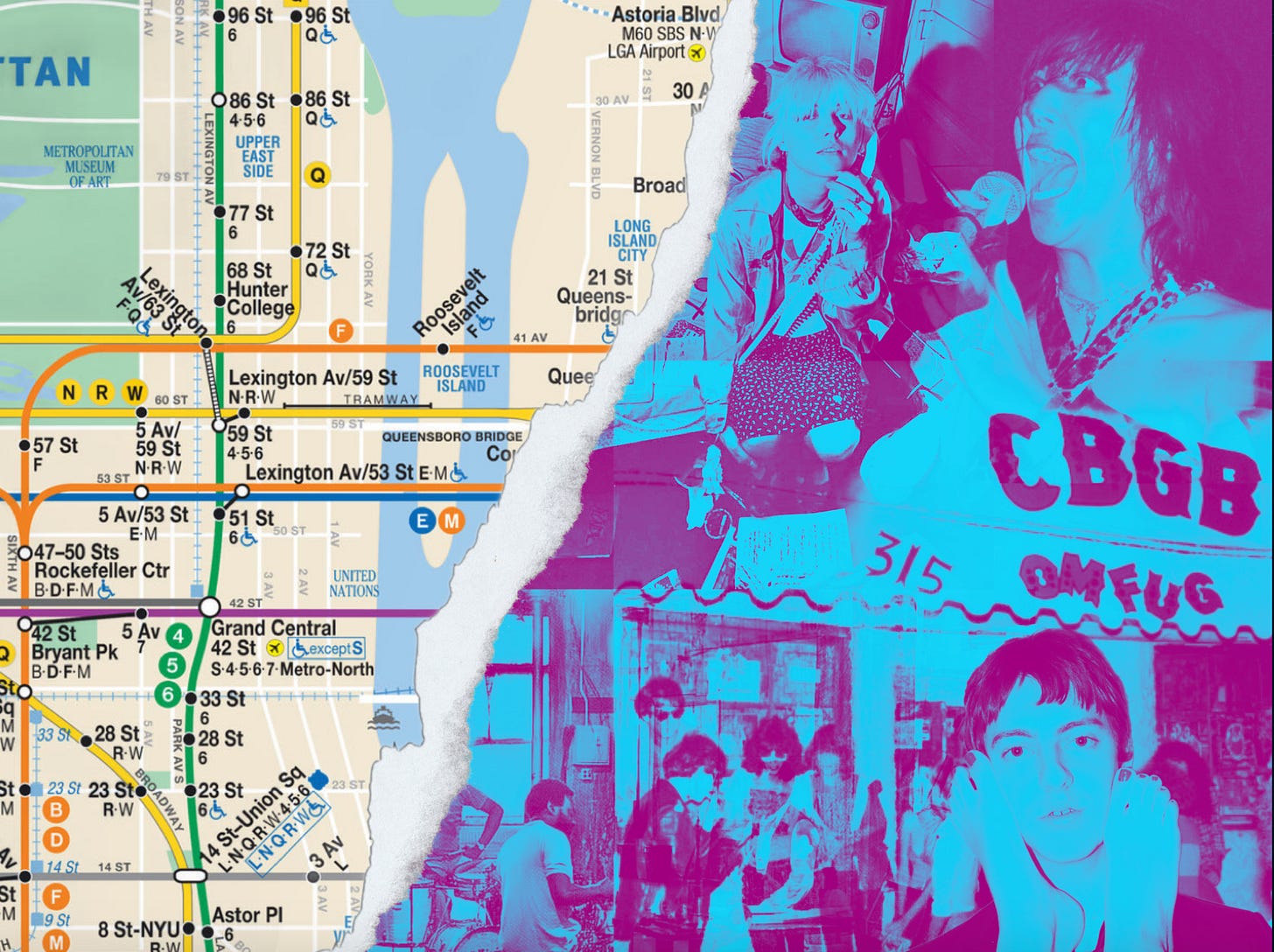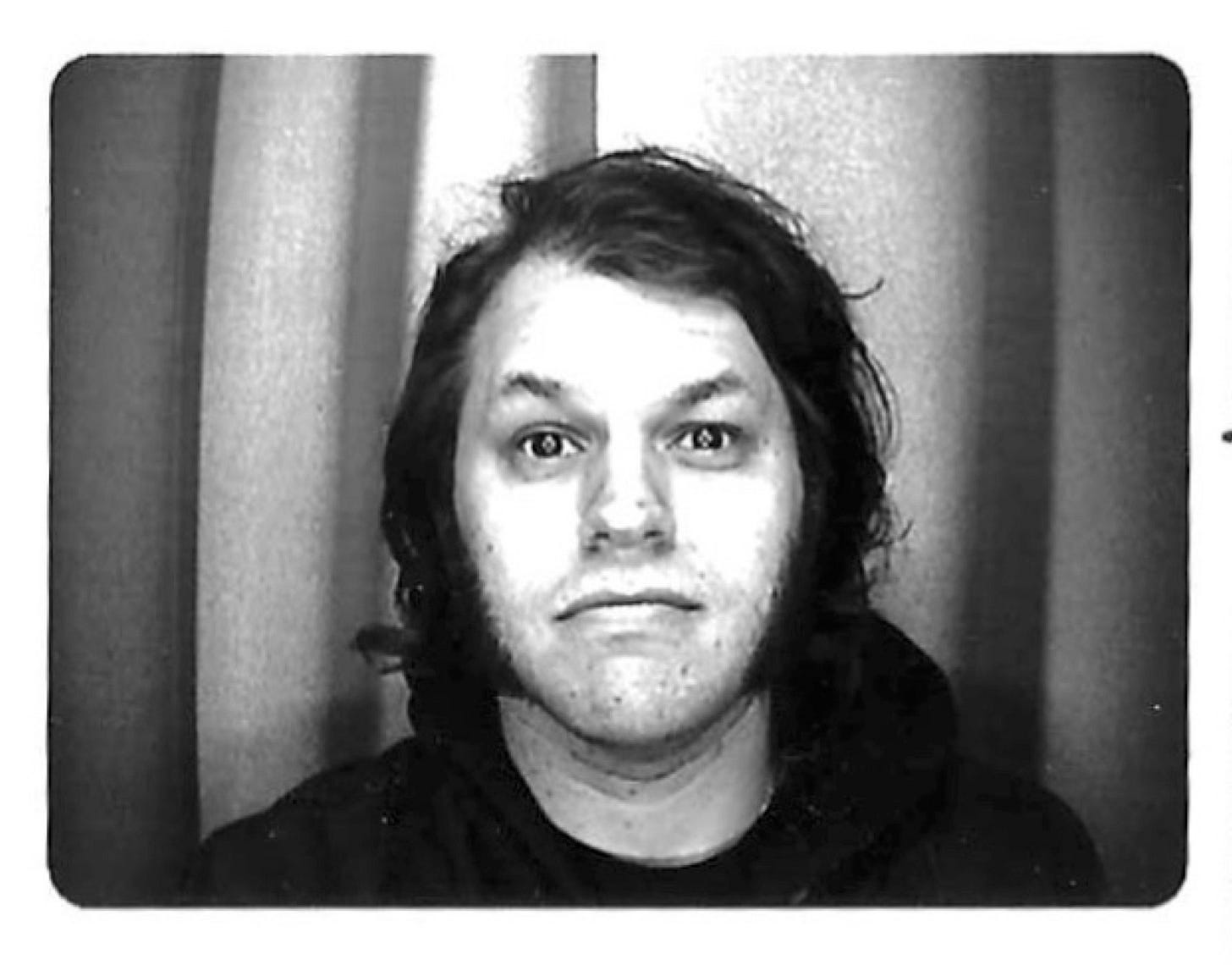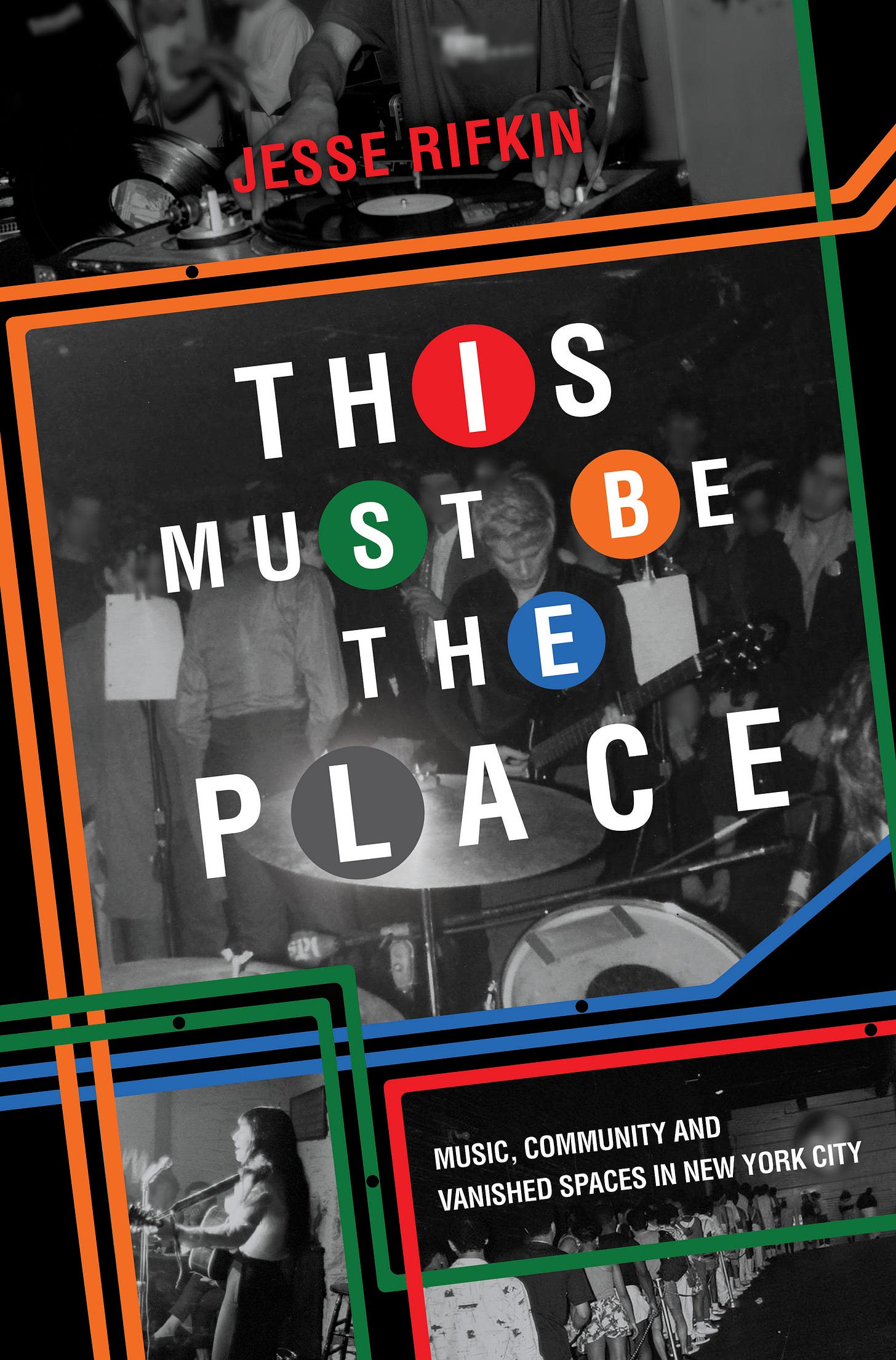The Culture Journalist is an independent project grounded in the belief that artists should get paid for their work. If you love this podcast, get value out of it, and believe in paying people for their work, consider supporting us by becoming a paid subscriber. Paid subscribers receive free bonus episodes, along with full essays and culture recommendations.
Hi gang. You ever notice how every generation, in every big city, seems to have a moment when the scene that defined them — the music venues, artists’ lofts, dive bars, and misfit inhabitants that collectively forged a cultural zeitgeist — is declared dead? Think: The closure of CBGB in Manhattan, the arrival of Erewhon in Silver Lake, the memeification of Berghain in Berlin. The phenomenon raises some interesting questions: Which came first, the predatory hand of late capitalism, or the generation aging into acquiescence? Are these collapses inevitable — and if so, is that necessarily always a bad thing?
So today, we’re talking about scenes — how they start, the conditions that make them possible, and why, to the chagrin of so many successive generations of musicians and music fans, they inevitably all come to an end.
Our guest, Jesse Rifkin, actually studies this stuff for a living: He’s the founder of Walk on the Wild Side Tours NYC, a company that gives walking tours chronicling how different New York City neighborhoods — and factors like cheap rent, geographical proximity, and changing residential and nightlife laws — gave rise to era-defining music scenes like punk, post-punk, hip-hop, disco, and ’90s and ’00s indie rock. Of course, he also explores how those scenes helped fuel the process of gentrification that would eventually lead to their own undoing — and what arises, or doesn’t arise, in their aftermath.
His new book, This Must Be the Place: Music, Community, and Vanished Spaces in New York City (out July 11 via HarperCollins) examines how that story played out in Downtown Manhattan and North Brooklyn over a 60-year period where we see this process play out over and over again. It starts with the 1960s West Village folk scene (think Bob Dylan and Buffy Sainte Marie playing at packed coffee houses in an area of the city that is now pretty much synonymous with NYU and expensive gyms). And it ends with the 2010s Williamsburg Brooklyn scene, where our millennial-aged listeners remember frequenting venues like Death by Audio and 285 Kent. (Emilie sure does. It was her life for a while.)
In his work as an NYC music historian, Jesse noticed a pattern: New Yorkers are always complaining that the city is “over,” and if you ask them when it “ended,” they usually say that happened around the time they hit 35 or 37, precisely at the moment when most of us get a bit tired of going out to parties every night. The book, he says, is an attempt to reframe our understanding of scenes as bygone golden ages made possible by once-in-a-generation artistic geniuses. He wants us to understand that scenes are a product of the specific historical and geographical circumstances in which they arise — and, even more importantly, that of ordinary people figuring out how to tap into the unique opportunities those circumstances afford.
He joins us to discuss the geographical history of downtown NYC music, how the internet has transformed how scenes form and broadcast themselves to the world, and what the new downtown scene, centered around a couple blocks in Chinatown, tells us about the moment in New York history — and perhaps culture at large — that we’re living through now.
Follow Jesse on Instagram and Substack
Preorder This Must Be The Place: Music, Community and Vanished Spaces in New York City
Take a tour with Walk on the Wild Side NYC
Read Emilie’s article on Jesse’s ’90s and ’00s indie rock-themed walking tour for The New York Times
Dig what we do? Here’s are some ways you can support us.
1. Become a paid subscriber to help fund the creation of episodes like this one
2. Rate and review us on Apple podcasts to help more people find us
3. Forward this email to a friend





















Share this post